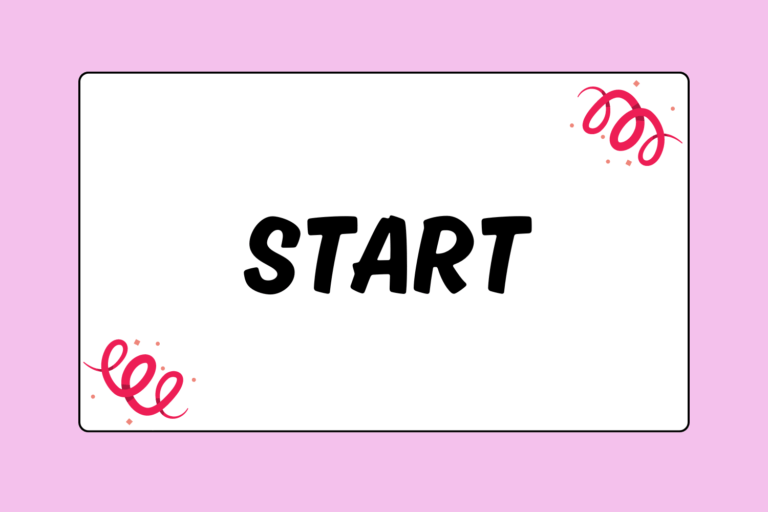The handstand is a universal skill that is used in nearly all gymnastics events. It is one of the first moves that gymnasts learn, along with the forward somersault, back somersault, cartwheel and backbend.
Although a fundamental skill, handstands are not always easy, and keeping your body in a straight, vertical line while resting on your hands is not a simple task. A gymnast must have strength, body awareness, and an adequate sense of balance—skills that take both time and practice to develop.
Learning the Handstand
It is relatively common for people to attempt a handstand by just kicking up and hoping for the best. But you will have a lot more luck if you kick with some control; if you can control the movement, the handstand will be fun and easy.
Here are some tricks to help you gain that control:
Donkey Kick
The donkey kick is essentially a two-legged jump into a handstand. It helps you learn how to limit your movement and how to get your hips up and above your shoulders.
To perform a donkey kick:
- Stand with your feet together and your hands above your head.
- Bend your legs and reach your arms to the floor, placing your hands flat on the ground.
- Balance your weight over your arms and with both feet, jump your hips up and over your shoulders. Remember to keep your feet together and concentrate on getting your hips in-line with your shoulders.
- Once your hips are in line with your shoulders, kick your legs out of the tuck.
The focus of this exercise is the positioning of the hips. Once the hips are in line with the shoulders, the entire body can balance in a vertical line.
Pony Kick
Just as the donkey kick teaches you to get your hips above your shoulders, the pony kick teaches you how to kick up into the handstand properly.
- Stand with your legs slightly apart with one in front of the other. Keep your hands above your head with your arms straight.
- Step on your front leg and place your hands on the ground.
- Kick your back leg up into the air and have your front leg meet it. Try to line-up your body in a straight plane.
The Wall
To perfect the donkey kick and pony kick, try placing your hands about a foot away from a wall, and kick your legs up into the handstand. The wall is there for support: It will prop up your feet and provide a straight line to help you align your body properly.
Take advantage of the extra help provided by the wall and focus on the little things while in the handstand. Keep your legs, arms, and tummy tight, and make sure your head stays in line with your shoulders.
After perfecting your form on the wall, gradually move away and attempt to balance in a handstand without any assistance. Remember practice makes perfect!
Hot Tip: Walk up the Wall
If you are having trouble getting into a vertical position on your own, try performing the handstand with your stomach facing the wall:
- Stand with your back against the wall.
- Place your hands on the floor (about a foot away from the wall) and walk your legs up the wall.
This trick will help you practice proper handstand technique without risking injury.
The Banana Back Mistake
Maintaining good form is one of the most challenging aspects of the handstand. It’s difficult to keep your head in-line with your arms, your stomach, legs and arms tight, and your back straight, especially when you are initially just concerned about balancing on your hands.
Besides the obvious mistake of bending your legs or arms, the most common way gymnasts fall out of form is through what is called “the banana back.” The banana back—a sway or an arch in the back—is hard to avoid, even if you are using a wall, because the legs naturally want to move beyond the shoulders during the kick into the handstand. The body’s natural response to this momentum is to pull your head out away from your body which, in turn, creates an arch in your back.
This position can cause many problems. If it becomes a habit, the back will begin to feel normal in a swayed, incorrect position. More importantly, it can also lead to back injury since a loose or swayed back causes the core muscles to disengage and weaken over time, making you more vulnerable to long term damage.
The best way to avoid this common error is to focus on keeping your stomach tight, your body in a straight line, and your head in-line with your arms. Keep your eyes trained on your fingers to prevent your head from sticking out over your body. This will make your entire back less likely to arch.
Hot Tip: Ask a Coach
It is a good idea to have a coach monitor your body positioning, as it is hard to evaluate it on your own.
Rewards of a Good Handstand
Once you are able to perform the handstand, enjoy the thrill it can bring to your gymnastics. It is a vital skill, not only because of its frequent inclusion into routines, but also the invaluable role it plays in the development of stability, balance and control.
So remember to focus on your form, use the wall and, most of all, have fun balancing on your hands!





